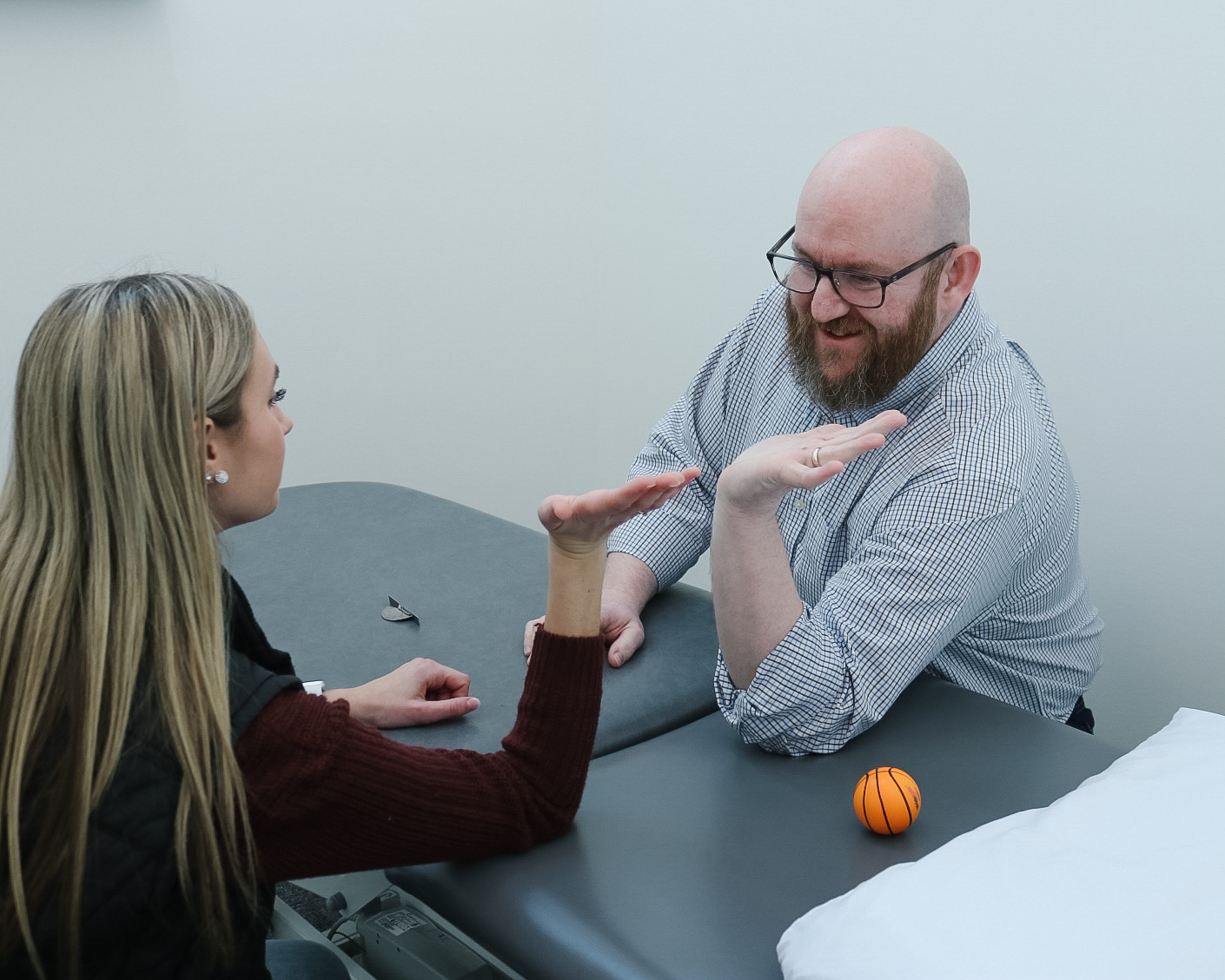
Hand therapy is a form of rehabilitation aimed at restoring function, mobility, and strength to the hand, wrist, and forearm. It involves the assessment and treatment of conditions affecting these areas, including injuries, surgeries, chronic conditions, and neurological disorders.
Treatment techniques in hand therapy may include therapeutic exercises, manual therapy, splinting, sensory re-education, desensitization techniques, and modalities such as ultrasound or electrical stimulation. The focus is on improving range of motion, strength, coordination, and functional abilities to help patients regain independence in activities of daily living, work, and leisure pursuits.
Hand therapy is often recommended following
- Traumatic injuries: This can include fractures, dislocations, lacerations, crush injuries, and amputations resulting from accidents, falls, or sports-related incidents.
- Repetitive strain injuries: Conditions like carpal tunnel syndrome, tendonitis, and de Quervain’s tenosynovitis often develop due to repetitive motions or overuse of the hands and wrists.
- Orthopedic conditions: This can include various orthopedic conditions such as arthritis, trigger finger, Dupuytren’s contracture, and ligament injuries.
- Postsurgical rehabilitation: Hand therapy plays a crucial role in the recovery process following surgical procedures such as tendon repairs, joint replacements, nerve repairs, or hand reconstruction surgeries.
The ultimate goal of hand therapy is to optimize hand function, reduce pain, prevent further complications, and promote overall well-being and quality of life for individuals with hand and upper extremity issues.




